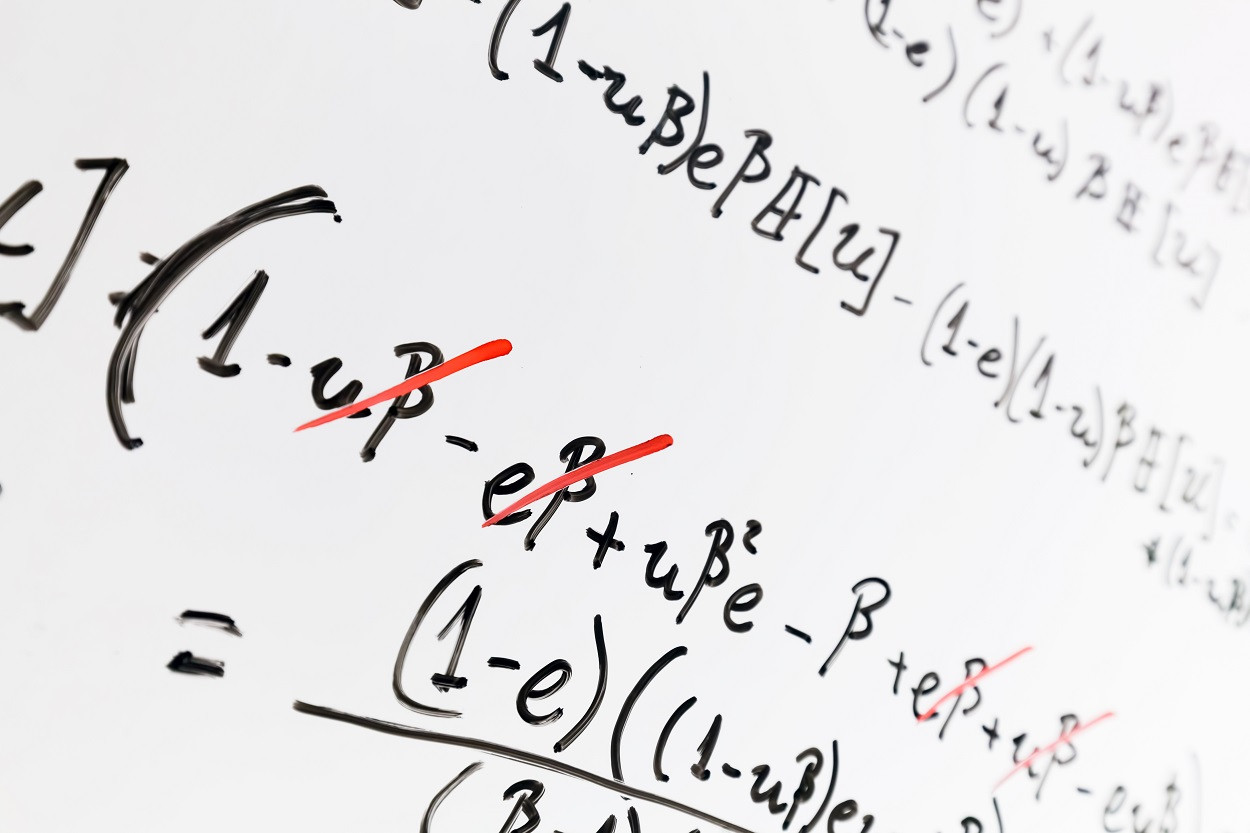

The contemporary Mathematics Subject Classification lists more than 60 first-level areas of mathematics. At the end of the 19th century, the foundational crisis of mathematics led to the systematization of the axiomatic method, which heralded a dramatic increase in the number of mathematical areas and their fields of application. Since then, the interaction between mathematical innovations and scientific discoveries has led to a rapid lockstep increase in the development of both.

Since its beginning, mathematics was essentially divided into geometry and arithmetic (the manipulation of natural numbers and fractions), until the 16th and 17th centuries, when algebra and infinitesimal calculus were introduced as new areas. Historically, the concept of a proof and its associated mathematical rigour first appeared in Greek mathematics, most notably in Euclid's Elements. The problem of integer factorization, for example, which goes back to Euclid in 300 BC, had no practical application before its use in the RSA cryptosystem, now widely used for the security of computer networks.


Other areas are developed independently from any application (and are therefore called pure mathematics), but often later find practical applications. Some areas of mathematics, such as statistics and game theory, are developed in close correlation with their applications and are often grouped under applied mathematics. Although mathematics is extensively used for modeling phenomena, the fundamental truths of mathematics are independent from any scientific experimentation. Mathematics is essential in the natural sciences, engineering, medicine, finance, computer science and the social sciences. These results include previously proved theorems, axioms, and-in case of abstraction from nature-some basic properties that are considered true starting points of the theory under consideration. A proof consists of a succession of applications of deductive rules to already established results. These objects consist of either abstractions from nature or-in modern mathematics-entities that are stipulated to have certain properties, called axioms. Most mathematical activity involves the discovery of properties of abstract objects and the use of pure reason to prove them. There is no general consensus among mathematicians about a common definition for their academic discipline. These topics are represented in modern mathematics with the major subdisciplines of number theory, algebra, geometry, and analysis, respectively. Mathematics is an area of knowledge that includes the topics of numbers, formulas and related structures, shapes and the spaces in which they are contained, and quantities and their changes.


 0 kommentar(er)
0 kommentar(er)
